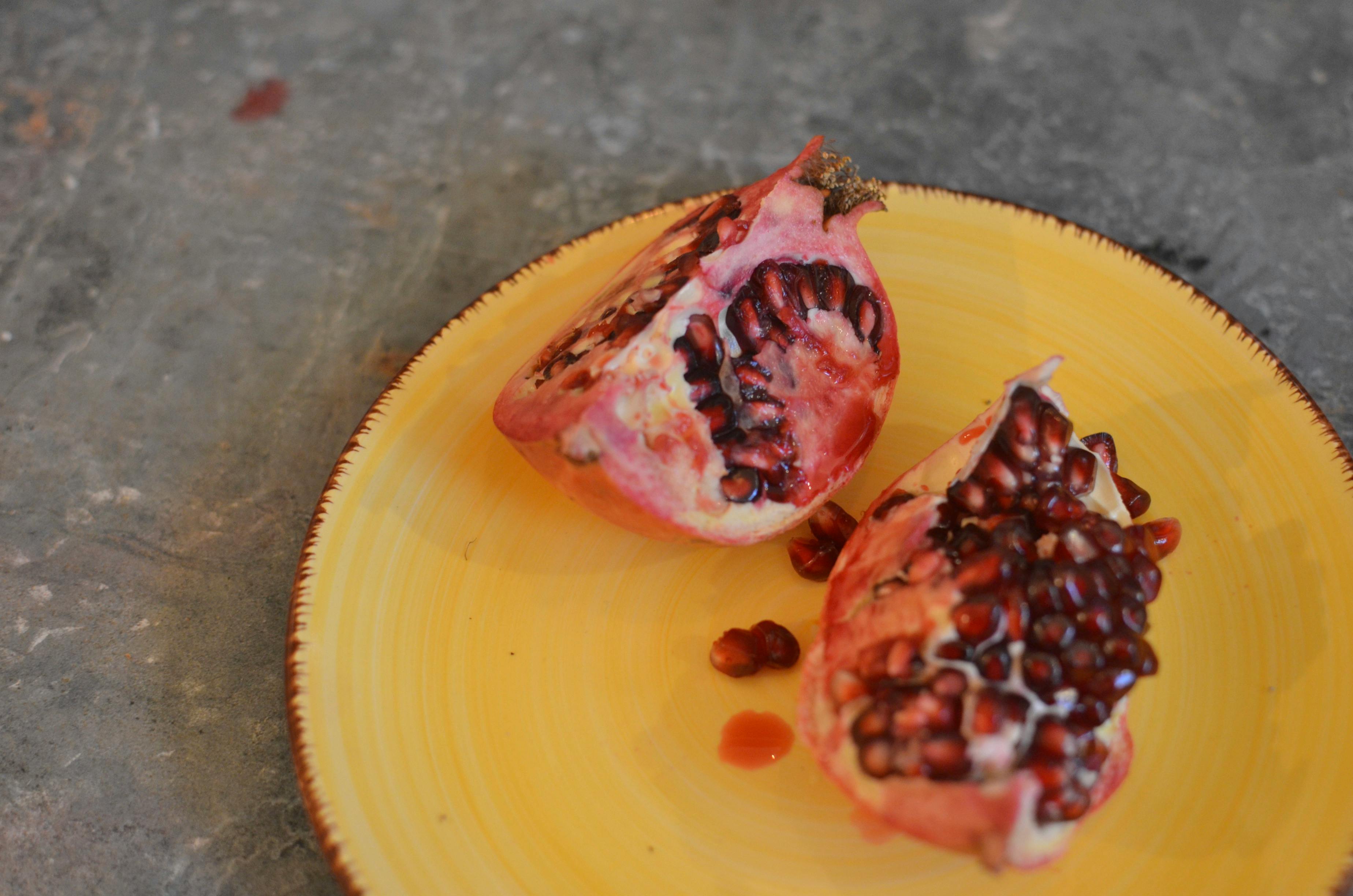
Knowing the difference of the types of orchids
orchids, gold orchidaceae Like its scientific name, it is the largest family of flowers in the world. The types of orchids are divided into two: the land and the epiphyte. Although there are around 25,000 species of orchids, they are classified between these two types of orchids. These orchid plants are generally seen in tropical areas and each type has a different requirement in the amount of light, water and temperature they need. These plants can also be grown indoors because most types do not require a lot of light.
One of the types of orchids is the terrestrial orchid. As the name suggests, terrestrial would mean earth or ground. This type tells us that orchids in this category are planted in the ground.
The most common of this type is Cymbidium. The cymbidium is actually the first orchid to be cultivated. This type of orchid not only grows on the ground but also on trees and rocks. Among the terrestrial type, cymbidium is the easiest to grow. This is the reason why they have 40 species and around thousands of hybrids.
These orchids are the ones that are in constant need of humidity or water. So when ground orchids are planted, they should be in the place where water retention is high. A special soil mixture is made to retain more water. The mixture is made of soil and osmunda fiber. The soil where the terrestrial orchids are planted must allow good water drainage but at the same time must have high water retention. Terrestrial orchids need moisture constantly, but not too much.
Epiphytic orchids, or what are commonly known as aerial orchids, are those that do not require a lot of water. The best examples of this type are Cattleyas, Denobriums and Vandas. These orchids have special roots that can pick up moisture in the air, so they don’t require too much watering. Unlike terrestrial orchids, this type can be kept dry between waterings. Epiphytic orchids are also grown on trees where they can get the substantial amount of moisture they need. There are even epiphytic orchids that do not need water at all. The best example is Vanda Ascocend.
Orchids can be very delicate to grow, but it is very rewarding once you see the flower bloom. If you know how to follow the instructions for caring for these exotic plants, you will find that it is very simple. You only need to know the type you have and you will be able to understand what your plant requires for its nutrition.
Aside from the basic need for light, water, and temperature, any type of orchid would involve pruning. Pruning is the process in which dead parts of orchid plants are removed and is usually done from time to time. Start learning about orchids and you will begin to appreciate their flowers.